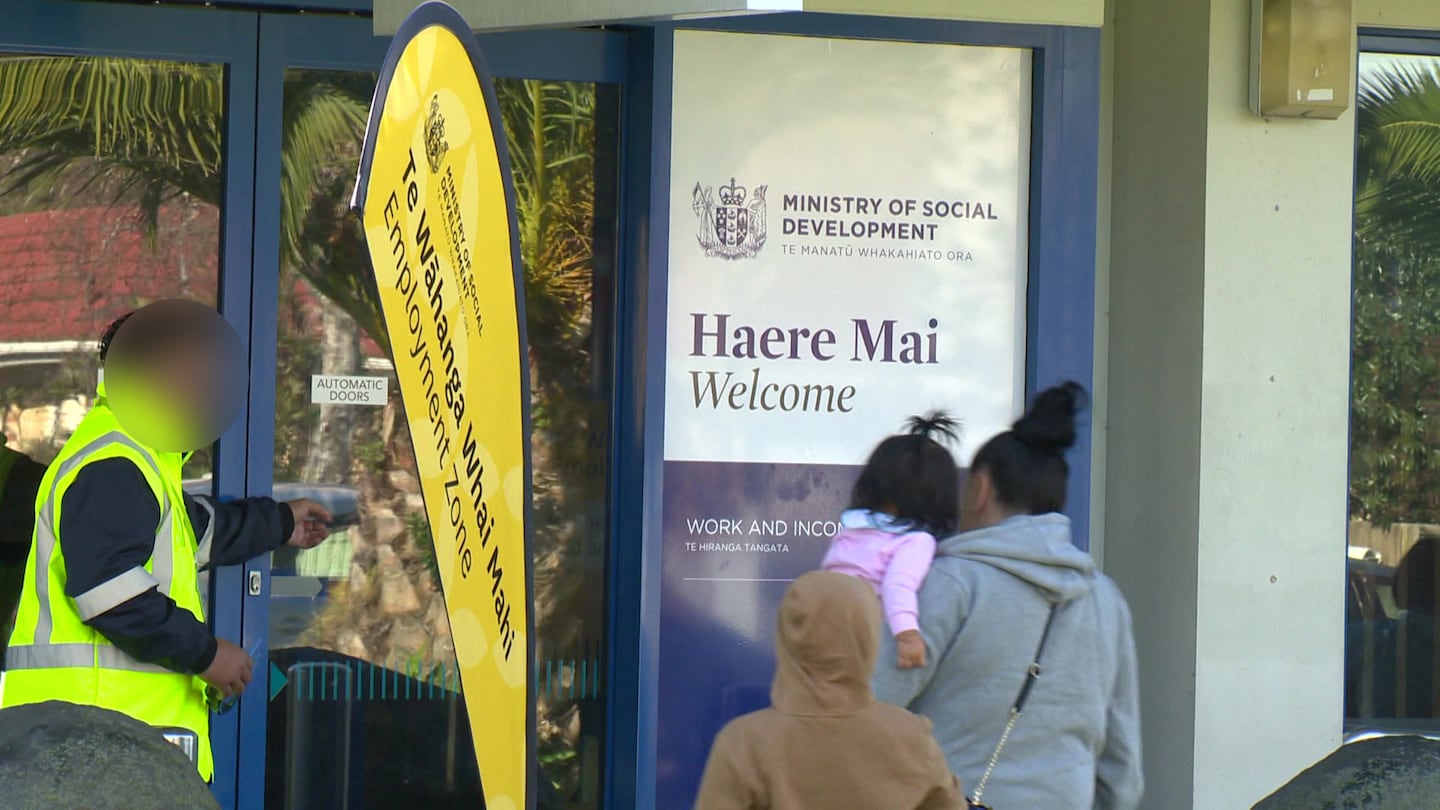This article was first published by RNZ.
A record nearly 400,000 people are on some form of benefit - almost the same proportion of the population as after the Global Financial Crisis (GFC) - and there’s a warning that number will increase before it falls again.
The data was released as part of the Ministry of Social Development’s update for September.
It showed the proportion of the working age population receiving a main benefit lifted to 12 percent, or 391,224 people, up 0.6 percentage points from September 2023.
Just over 6 percent of the population, or 204,765, were on JobSeeker support.
That compares to 12.4 percent of the population on a benefit after the GFC, of whom 2.6 percent were unemployment-related, 15.8 percent on a benefit at the Asian crisis peak, of whom 6.6 percent were unemployment-related, and 16.1 percent on benefits in the downturn of the early 1990s, of whom 7.9 percent were on unemployment benefits.
On 31 March, 1952, there were just two people receiving the unemployment benefit
Infometrics chief forecaster Gareth Kiernan said the different make-up of the benefit numbers was probably due to the benefit reforms of 2013.
“The unemployed percentage was very low following the GFC - if you could get yourself onto one of the other benefits that was less stringently policed by WINZ, it made life easier.
“National’s reforms in 2013 brought almost everyone onto one benefit with various add-ons if applicable.
“It seems that they still keep some sole parents on a separate benefit, but only if the youngest child is under 14 … Thus there will be some sole parents, and probably a large chunk of people who were previously on the sickness benefit, who now receive Jobseeker Support, and are classed as work-ready and therefore deemed to be ‘unemployment related’.”
At the peak of the 1930s' Depression, about 6.6 percent of the working age population was in subsidised work programmes or receiving a government allowance but this does not count women.
Increase highlights ‘behind the scenes’ changes
Infometrics chief economist Brad Olsen said it seemed unlikely that the proportion of people on the benefit would reach the 1990s level.
“That fact we are seeing unemployment increase is still not a good thing - above 5 percent is still not an area you want to be but it‘s still substantially better than post-GFC or post-the 1990s’ economic hit.”
In the year ended December 2009, the unemployment rate was just over 6 percent.
“One of the challenges with the current slowdown in the economy is we’ve been through a period of such extremes.
“Before the pandemic, let’s say we were at normal - we came into the pandemic and the economy went down very low and we had to provide stimulus but that worked so well that the economy went too high and generated excess inflation, we had to get it back to normal.
“It’s fluctuated from the record lowest level ever of unemployment back to what is slightly above where we’d like to see it. Over time hopefully it will settle back to more of that normal Goldilocks position [not unsustainably tight or very weak].”
He said some businesses had been reluctant to lay off staff after the experience of trying to hire when activity picked up, post-lockdown.
“Once the economy bounced back they didn’t have enough people to do the work that had sprung up and couldn’t rehire people because they had left for Australia or whatever.”
An increase in the number of people on the benefit for health and disability reasons highlighted changes that had happened “behind the scenes”, he said.
“It’s fairly unknown how it got like that and there are a variety of potential options - are people reporting their challenges more, is MSD more accepting of those challenges and therefore able to support people? Has there been a step change in the sort of pressure and stress people have been under? There’s no particular good guide as to why those numbers have increased.”
By Susan Edmunds of RNZ


